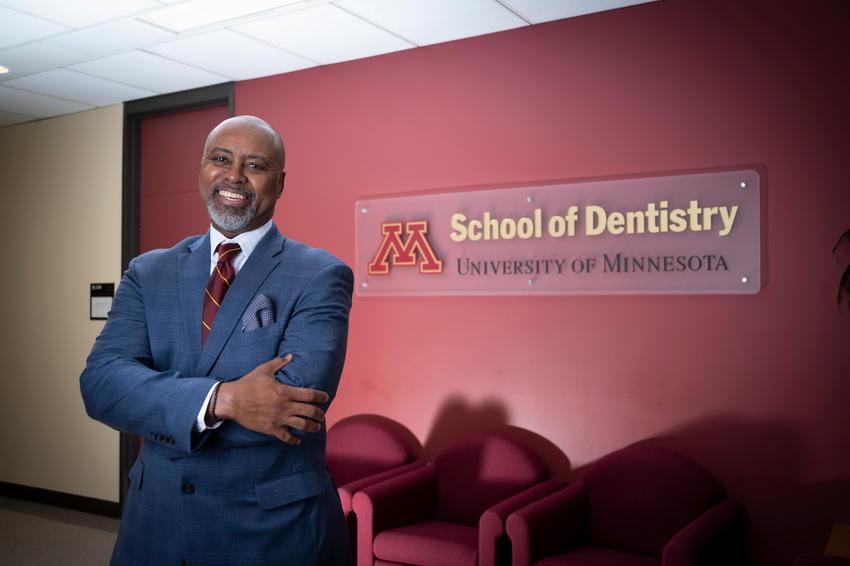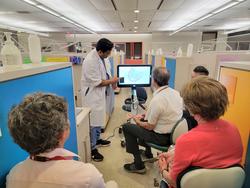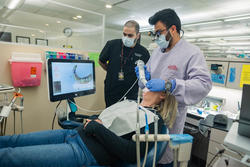Advancing digital technologies | A message from the Dean

Over the past few years, several School of Dentistry faculty have collaborated to increase the footprint of digital technologies. Prior to these new initiatives, individuals like John Madden, CDT, have worked in the background (dental production labs) providing expertise, creativity and innovation in 3D printing, digital dentures and partial dentures. Omar Zidan, BDS, HDD, MS, PhD (Division of Operative Dentistry), instructs our D4 dental students in the use of CAD CAM and same day crown fabrication. Paul Olin, DDS, MS, educates providers in digital denture fabrication with fewer steps. Several years ago, the Division of Orthodontics shifted away from plaster casts and moved to scanning diagnostic intraoral information.
This past spring, the Council of Chairs authorized a group of faculty and IT staff to investigate the feasibility of removing alginate and preliminary impressions from our predoctoral clinics. Over the past few months, Paul Anderson, Laurence Gaalaas, DDS, MS (Division of Oral Medicine, Diagnosis and Radiology), and Arpit Nirkhiwale, BDS, MS, CAGS, FICOI (Division of Prosthodontics), have established a process to begin moving in this direction, and led a kickoff to introduce the process to our school last week. This past June and July, a small group of faculty from the Initial Faculty Consult Clinic (IFC) were trained to use Itero, which scans, versus using alginate. This week, the IFC will officially start the transition on a small scale and increase as we learn and refine our workflow.
We know that for a variety of reasons, an alginate may have to be made, but we have launched an exciting transition. A working group under leadership of Alvin Wee, DDS, BDS, MS, MPH, PhD (Division of Prosthodontics), has increased digital dentistry in our curriculum. This fall, there will be additional digital content in several fixed prosthodontic courses, and we will increase the number of scanners available for use in the clinics. All in all, our digital infrastructure is increasing.
Thank you to all the faculty and staff who contribute to the success of this strategic initiative and to the alumni and friends who have donated to several funds that allow us to advance these initiatives.

